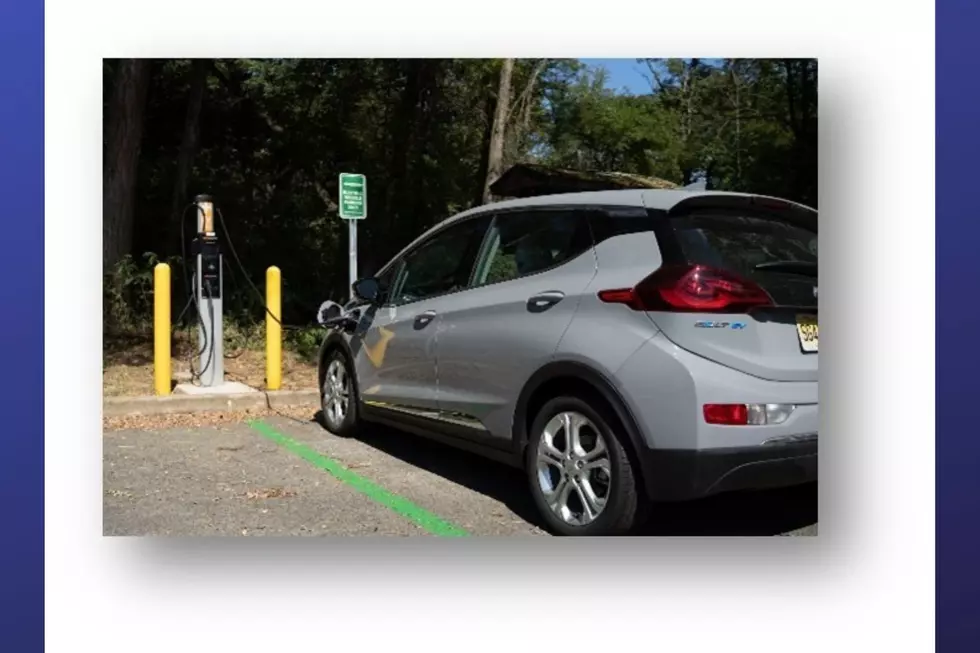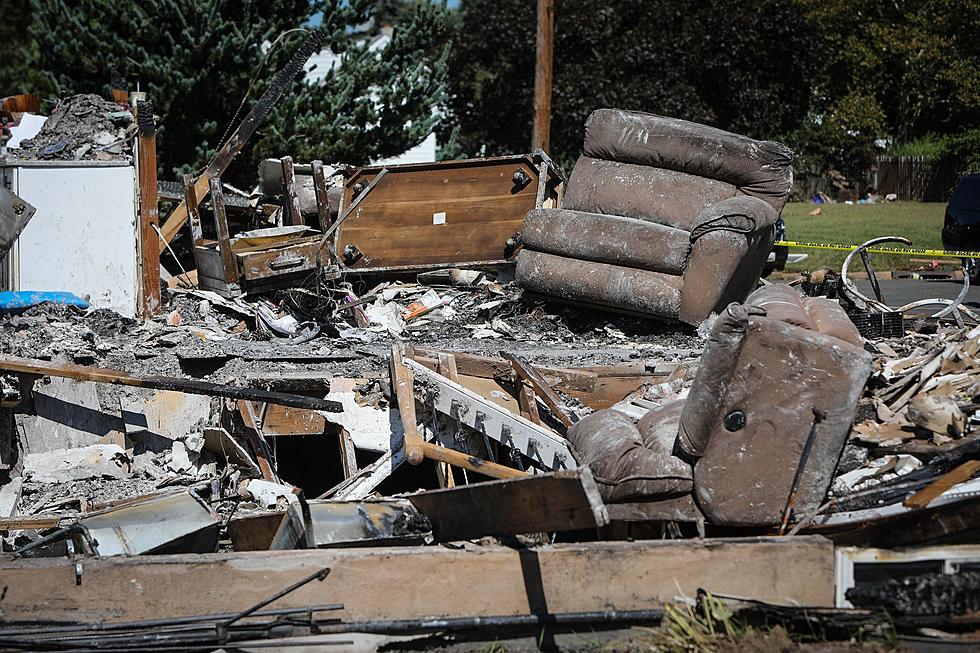
No need to fear? The truth about the ‘Erin Brockovich chemical’ in NJ water
Local and state officials say recent reports about a toxic chemical in tap water are irresponsible and misleading.
The report from the nonprofit watchdog Environmental Working Group garnered headlines in part because it was about chromium-6, a chemical that was the focus of the Erin Brockovich biopic starring Julia Roberts.
EWG says the cancer-causing chemical is present in the tap water of at least 138 communities in New Jersey.
The same report, however, points out that the levels in New Jersey are well below the most stringent standard set by California regulators. The federal government has a combined standard of 100 perts per billion for all types of chromium. But California has a chromium-6-specific limit of 10 parts per billion.
The EWG report says the standard should be a fraction of that, at .02 parts per billion. Many New Jersey water systems have results higher than that fraction, but still well below the California standard.
The New Jersey Department of Environmental Protection says the levels in Garden State water are too low to present any real health threat.
DEP spokesman Larry Hajna called the EWG report "irresponsible" for its lack of scientific data and said the proposed 0.2 parts per billion standard "may not be realistic.”
There are two types of naturally occurring chromium: trivalent chromium, which has numerous health benefits, and hexavalent chromium, which can be a carcinogen. Trivalent chrome is found geologically, Hajna said, and can convert to hexavalent chromium when exposed to oxygen. It can also revert back to trivalent chromium.
The majority of the levels of chromium-6 in New Jersey are “really small,” Hajna said.
"These very tiny trace amounts can even be coming just from this reactive process or fixtures in the plumbing but not at levels… that would be of great concern,” Hajna said.
EWG did not return a request for comment from New Jersey 101.5.
The headlines about the report also prompted responses from regional water utilities.
In the Ocean County township of Stafford, which operates its own water utility, officials said reports based on the EWG findings were fear mongering.
"The author has used the fact that chromium 6 exist at some level almost everywhere in the world to sow the seeds of fear and distrust in your water supply but the facts tell a much different story," officials said Thursday in a statement.
Prolonged exposure to chromium-6 can cause cancer, reproductive problems and liver damage even at low levels, the EWG report says.
In the Hinkley, California, case that brought Brockovich to prominence, chromium levels were a result of industrial dumping.
In New Jersey, however, chromium-6 levels are naturally occurring, state officials say.
On her Facebook page, Brockovich defends the EWG report and asks people to sign a petition urging the EPA to set a federal standard regulating levels of chromium-6 nationally.
"Industry is holding regulation hostage with threats, lies, corrupt science ... and lot's of cash. Chromium-6 kills in small doses," she says.
"The EWG Report is not meant to alarm anyone... it is honestly presented information found in the public record... they just don't what you educated."
The EWG study claims that even thought the chromium-6 levels in the water supply are far below the federal standard, it "would pose negligible risk over a lifetime of consumption." The report claims that if left untreated, the chromium-6 in tap water could cause 12,000 of cases of cancer by the end of the century.
Their estimate was based on research which includes a two-year study by the National Toxicology Program which found that chromium-6-laced drinking water caused cancer in rats and mice, the EWG report states.
Hajna said more research is needed but at the present time, New Jersey residents shouldn't be alarmed.
"The takeaway is that in New Jersey, not a single utility exceeds the existing EPA standard of 100 parts per billion, but if we apply the California standard, no utility even comes near that 10 parts per billion," Hajna said. "Of the 175 utilities tested in this program, the average of each utility is less than 1 part per billion."
Toniann Antonelli is a social content producer for NJ 101.5. She can be reached at toniann.antonelli@townsquaremedia.com, or on Twitter @ToniRadio1015.
More From New Jersey 101.5 FM








